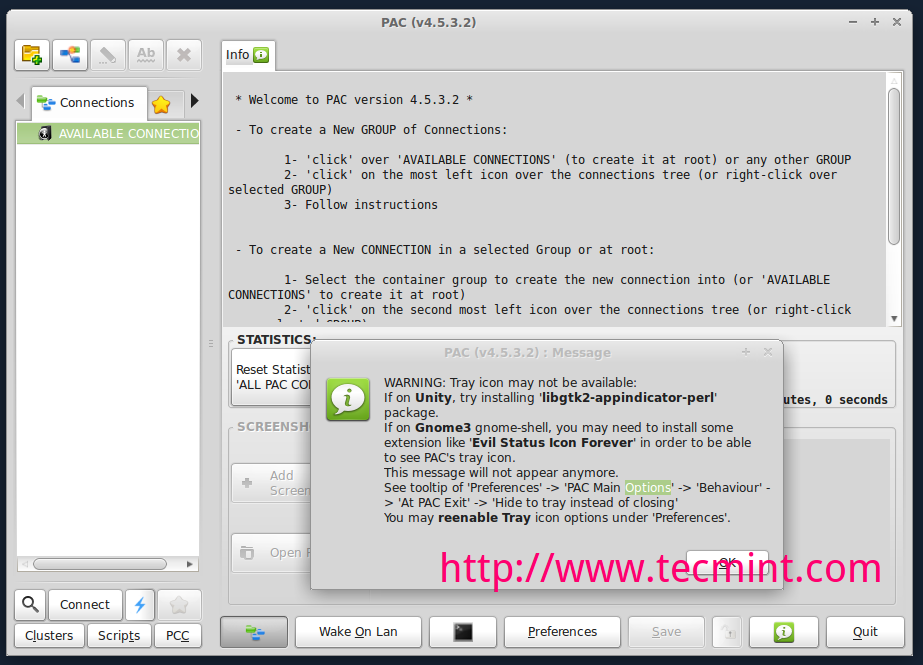Pac File Browser Configuration
Submit Search Proxy auto-config (PAC) configurationA proxy auto-config (PAC) file defines how web browsers can choose a proxy server for receiving HTTP content. PAC files include the FindProxyForURL(url, host) JavaScript function that returns a string with one or more access method specifications. These specifications cause the web browser to use a particular proxy server or to connect directly.To configure PAC for explicit web proxy users, you can use the port that PAC traffic from client web browsers use to connect to the explicit web proxy. Explicit web proxy users must configure their web browser’s PAC proxy settings to use the PAC port. PAC File ContentYou can edit the default PAC file from the web-based manager or use the following command to upload a custom PAC file:config web-proxy explicitset pac-file-server-status enableset pac-file-data endWhere is the contents of the PAC file. Enter the PAC file text in quotes.
You can copy the contents of a PAC text file and paste the contents into the CLI using this option. Enter the command followed by two sets of quotes then place the cursor between the quotes and paste the file content.The maximum PAC file size is 256 kbytes. If your FortiGate unit is operating with multiple VDOMs each VDOM has its own PAC file. The total amount of FortiGate memory available to store all of these PAC files 2 MBytes. If this limit is reached you will not be able to load any additional PAC files.You can use any PAC file syntax that is supported by your users’s browsers. The FortiGate unit does not parse the PAC file.To use PAC, users must add an automatic proxy configuration URL (or PAC URL) to their web browser proxy configuration.

Microsoft Edge Browser Configuration

The default FortiGate PAC file URL is:example, if the interface with the explicit web proxy has IP address 172.20.120.122, the PAC port is the same as the default HTTP explicit web proxy port (8080) and the PAC file name is proxy.pac the PAC file URL would be:the CLI you can use the following command to display the PAC file URLs:get web-proxy explicit.
Say I want to use a proxy auto-config file that is stored at C:proxy.pac. To make Internet Explorer use this configuration I have to specify the pac-file in the LAN settings in the following way: file://C:/proxy.pacBut Safari, that uses the same proxy settings, will ignore it in this case. To make Safari use the pac-file I have to reference it as file:///C:/proxy.pac(3 slashes at the beginning) which, according to is the correct format. But this way Internet Explorer will ignore it. Opera and Chrome, that also use the same proxy settings, are fine with both ways but is there another option that will work with Safari and Internet Explorer at the same time? This feature is no longer supported in W8.1 since the file:// schema was never supported by WinHTTP. So tools that use WinHTTP for proxy settings will not recognize it.Also note:In November 2012, the.NET Framework was changed to use WinHTTP forPAC processing, which means that, by default,.NET Applications willnot support file://-based proxy scripts any longer either.If you want to enable the file protocol for later version than IE10 you can always use the following registry setting:.
Key: HKLMSOFTWAREPoliciesMicrosoftWindowsCurrentVersionInternet Settings. Value: EnableLegacyAutoProxyFeatures. Type: REGDWORD. Data: 1See section 'NOTE: File://-based Proxy Scripts Deprecated'.